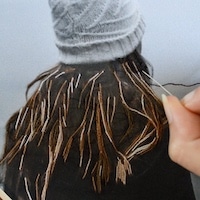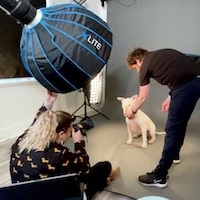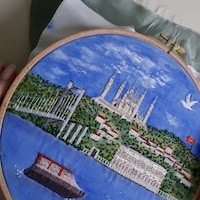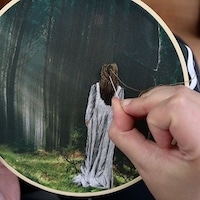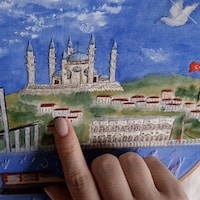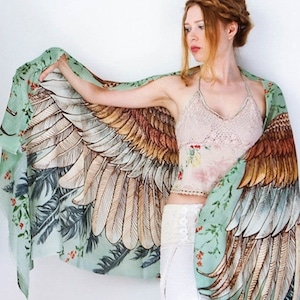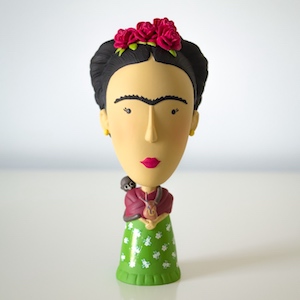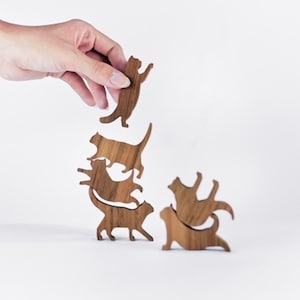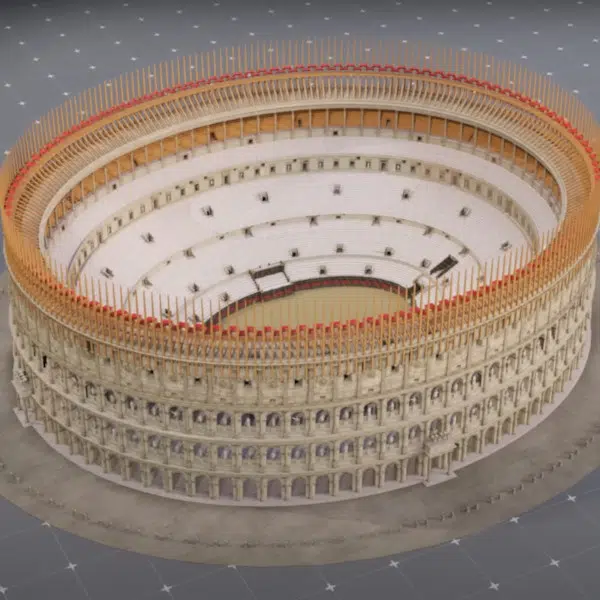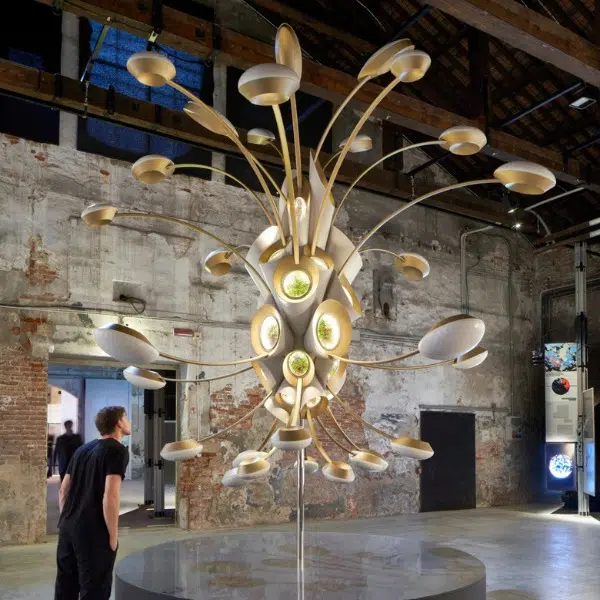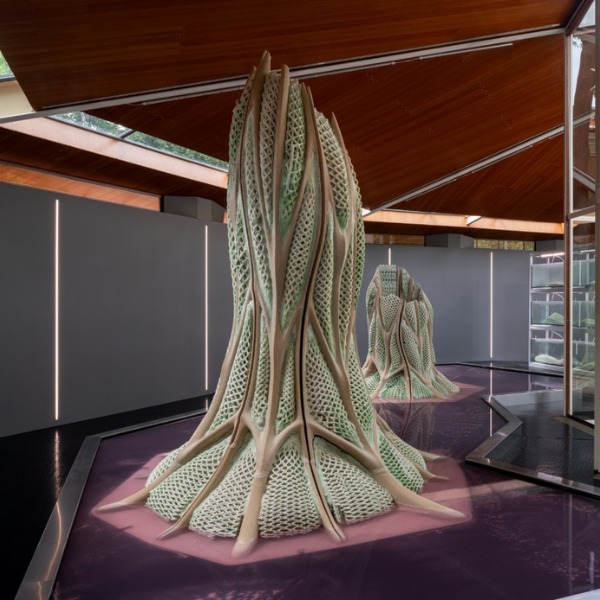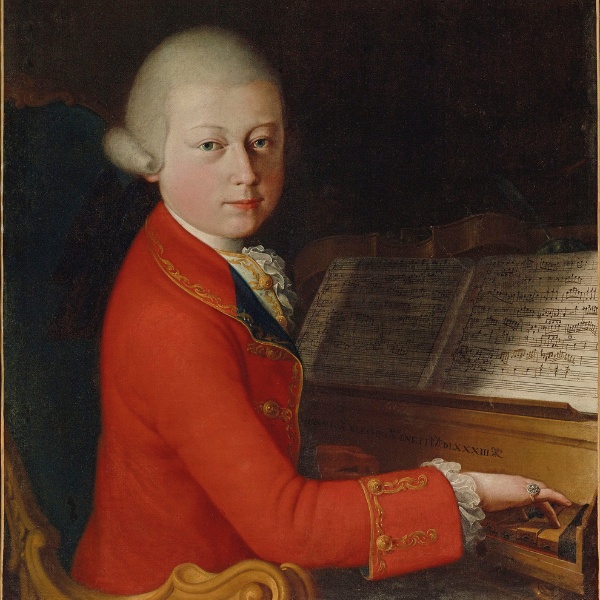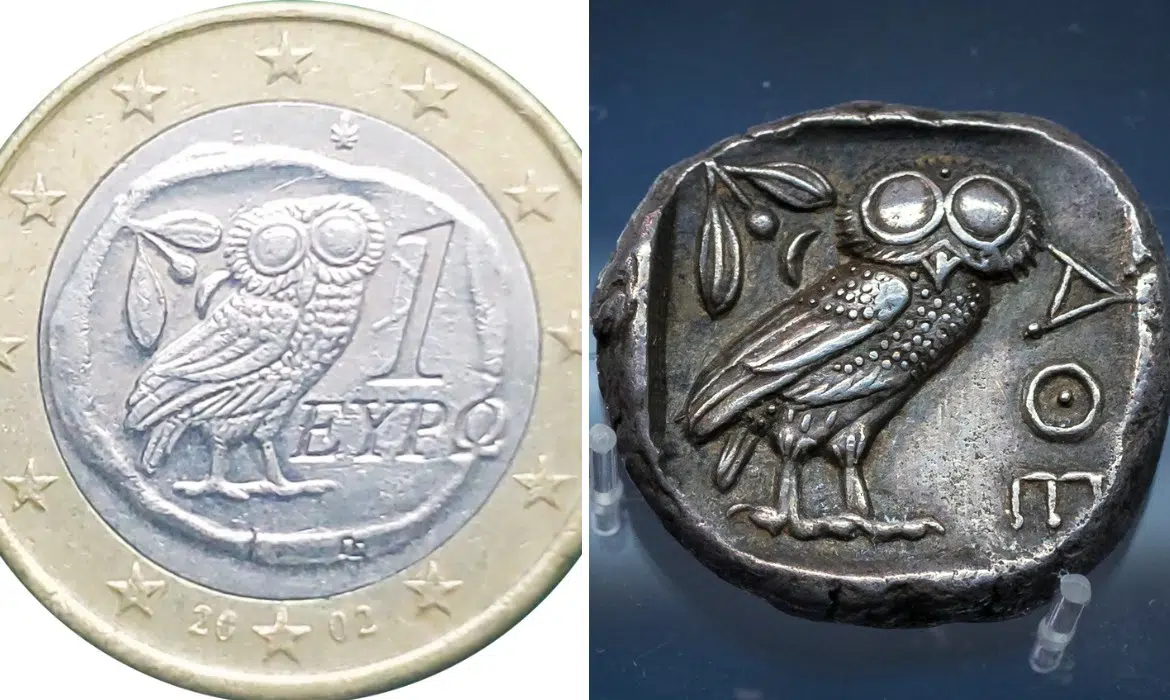
Left: Greatbaconbits via Wikimedia Commons ( CC BY-SA 4.0) | Right: ArchaiOptix via Wikimedia Commons ( CC BY-SA 4.0)
Since euro coins first went into circulation in 2002, people have marveled at their designs. While one side of the coin is the same in every member state, the national side is where the different European countries showcase their unique cultures. From famous historical figures to beloved monuments, the coins demonstrate the diversity of the European Union. One particularly interesting design choice comes from Greece, which decided to highlight its ancient roots on its one-euro coin.
It features an owl that might be familiar to ancient coin collectors, as it is modeled after one side of a 5th-century BCE coin. Called a tetradrachm, this large silver coin became the de facto standard throughout the ancient world, spreading it far beyond Greece. Because they were large, they provided ample ground for artwork, with politicians often using them to make a statement. This has made them a favorite among coin collectors, who are attracted by their high level of artistry.
This was also apparently a lure for Georges Stamatopoulos, who designed Greece's coins. Stamatopoulos is an artist and engraver at the Bank of Greece. While tetradrachms had different designs according to the time period and mint where they were struck, Stamatopoulos focused on an Athenian tetradrachm. The coin's distinct design features the Greek goddess Athena on one side and an owl next to an olive branch and crescent moon on the other.
Symbolically, the owl refers back to Athena, as it was part of her iconography. In fact, Athena is the goddess of knowledge and wisdom, and her association with owls is what created the connection between the bird and wisdom.
So the next time you happen across a €1 coin, be sure to flip it over to see what history lesson it will give. You may just be surprised by what you learn.
Greece's interesting design for the national side of its €1 coin has an interesting history.
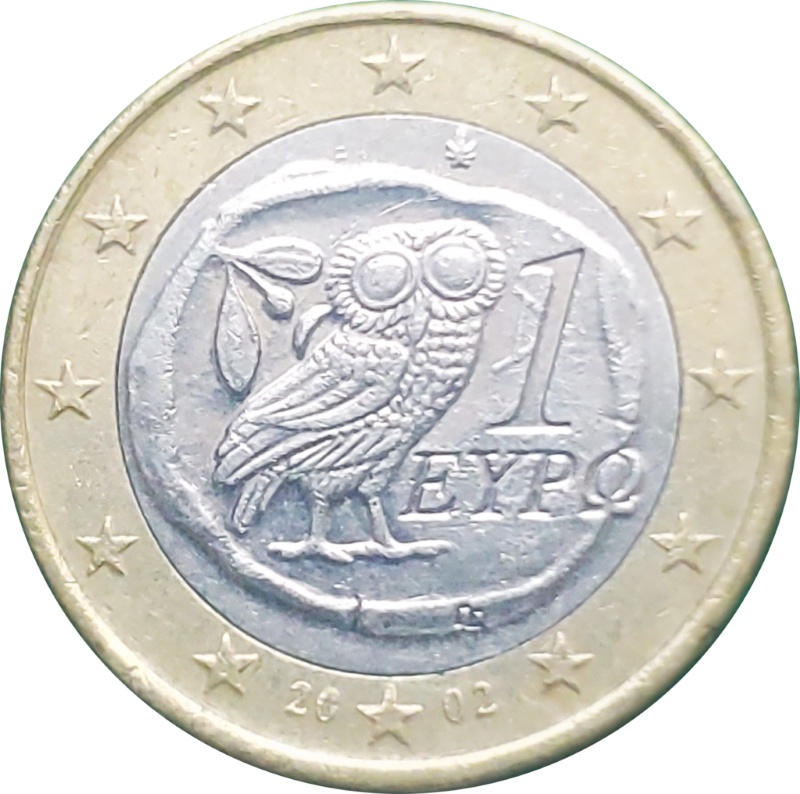
Photo: Greatbaconbits via Wikimedia Commons ( CC BY-SA 4.0
The design is based on a large silver coin known as a tetradrachm, which was prevalent in the ancient world.
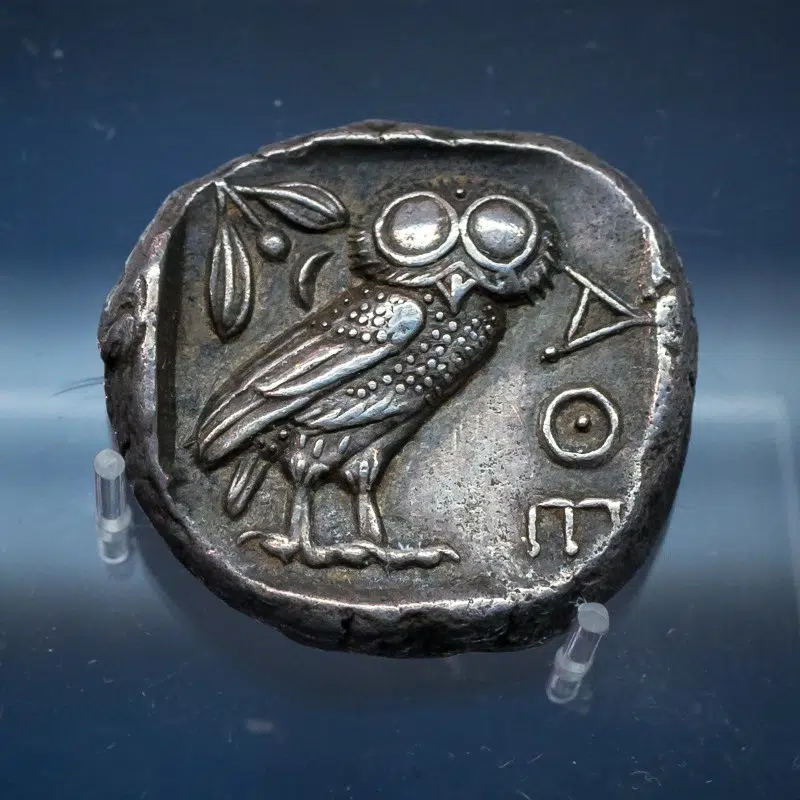
Silver tetradrachm , c. 450-400 BCE, München, Staatliche Antikensammlung (Photo: ArchaiOptix via Wikimedia Commons ( CC BY-SA 4.0)
One side of the coin showed Athena, the goddess of wisdom, and the other her symbol—an owl.
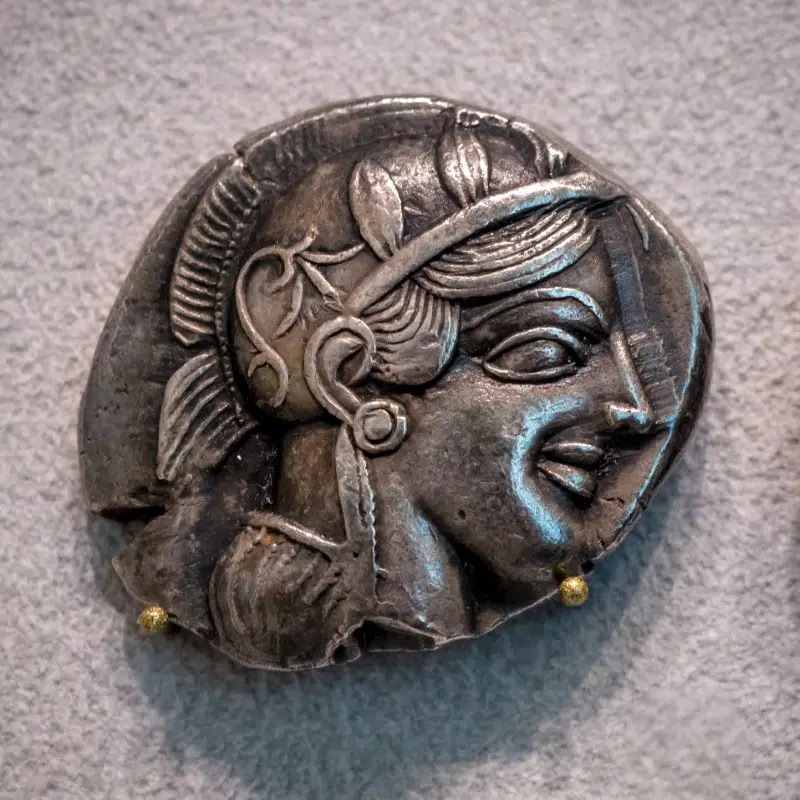
Silver tetradrachm , c. 450-400 BCE, Berlin, Münzkabinett der Staatlichen Museen, Altes Museum (Photo: ArchaiOptix via Wikimedia Commons ( CC BY-SA 4.0)
Source: European Central Bank – Greece
Related Articles:
Latvia’s Passports Are a Stunning Ode to the Country’s Natural Environment
Amateur Metal Detectorist Discovers 13th-Century Gold Coin Featuring Henry III
British Royal Mint Pays Tribute to George Michael With a Series of Collectible Coins
Switzerland’s New Passports Celebrate the Country’s Renowned Graphic Design and Landscape


















